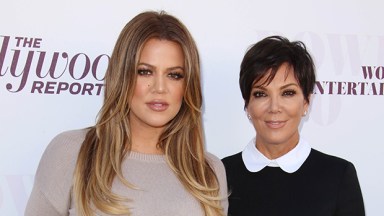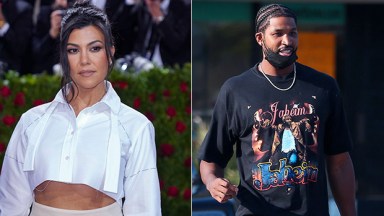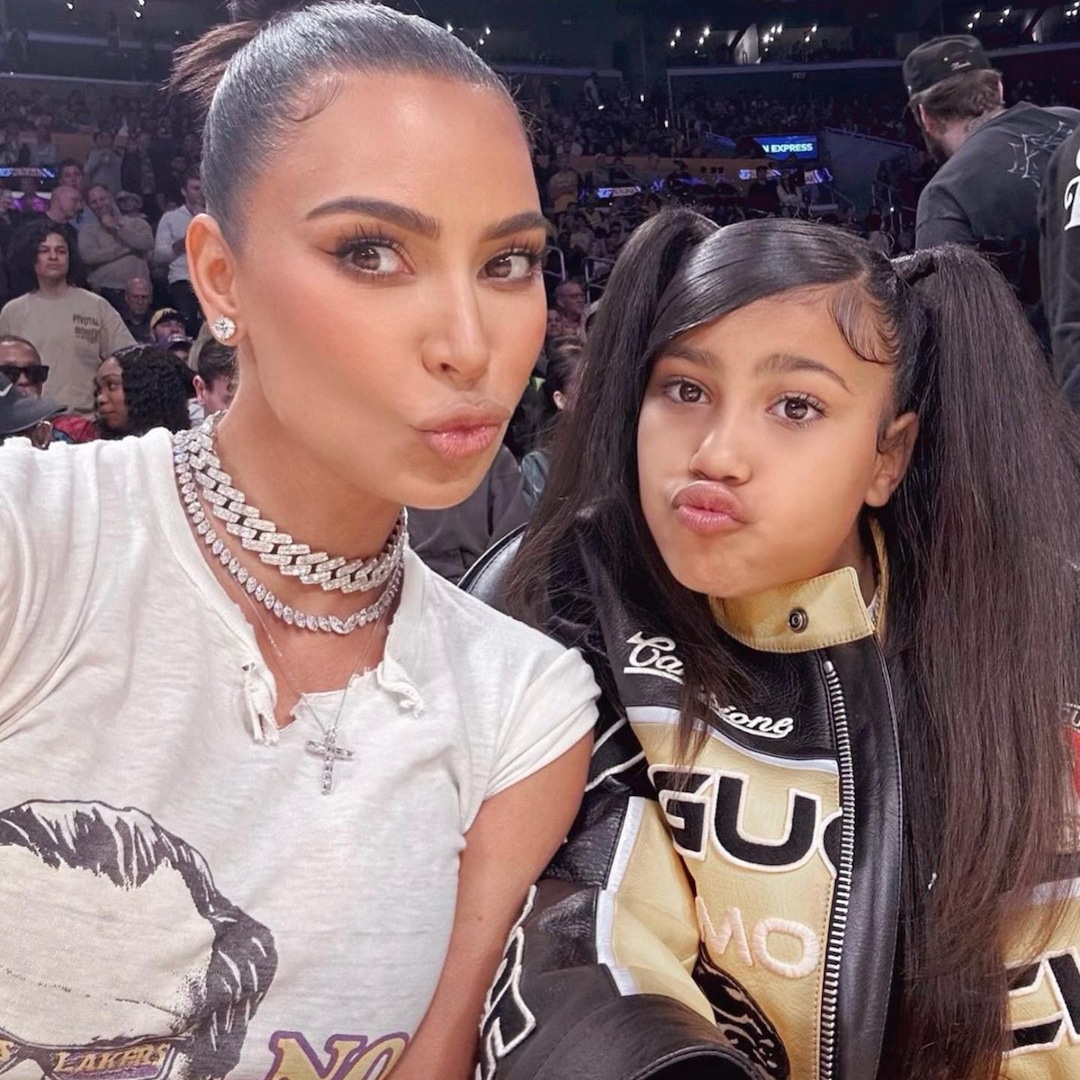“High Desert” is a captivating comic thriller set to premiere on Apple TV+ this Wednesday. While there are many reasons to tune in, Patricia Arquette undoubtedly stands out as the primary and most compelling reason to watch.
In the series, Arquette portrays the character of Peggy Newman, an intriguing individual we first encounter leading a lavish lifestyle in Palm Springs. She is happily married to Denny (played by Matt Dillon) and takes pleasure in hosting lively pool parties. However, the tranquility is abruptly disrupted when federal agents arrive on the scene. Suddenly, bags of drugs emerge from hidden spots, creating a chaotic atmosphere.
The story then leaps forward by ten years, as indicated by a simple title card. Denny finds himself behind bars, while Peggy battles with overcoming her opioid addiction and coping with the loss of her mother, Rosalyn (portrayed by Bernadette Peters). She now works as a dance hall girl and stuntwoman in a Western-themed tourist town called Yucca Valley, which, despite its inflated charm, pales in comparison to the genuine movie set of Pioneertown—an enticing place to visit once you finish reading this.
Enter Dianne (Christine Taylor) and Stewart (Keir O’Donnell), Peggy’s successful and conventional siblings. They intend to sell their late mother’s house, where Peggy has been residing while taking care of her. Despite Peggy’s insistence that she’s making progress, her Pioneertown job fails to impress them. They view her as insufficiently serious and productive and threaten to withdraw their support. Faced with the burden of keeping up with the mortgage payments, Peggy must find a new source of income.
Peggy’s journey leads her to the office of Bruce (Brad Garrett), a down-and-out private investigator who happens to owe money to one of Peggy’s colleagues. She enters his office dressed in a trench coat and a wide-brimmed hat, exuding a film noir femme fatale aura that adds a touch of dramatic flair to her speech. In a manner reminiscent of Mae West mixed with Barbara Stanwyck, she manages to both perplex and persuade Bruce into hiring her as an “unpaid associate” (with the condition that she receives a percentage of the cases she brings in). Like Natasha Lyonne’s Charlie in the equally intriguing “Poker Face,” and indeed most TV detectives, Peggy possesses a remarkable ability to read people.
So, while Patricia Arquette shines as a captivating force in “High Desert,” there are numerous other aspects of the show that make it well worth your time. The series promises an engaging mix of comedy and thrills, with Peggy’s journey as the central focal point.
“Who would have thought at my age, starting this prestigious career,” says Peggy. “I’m like Mary Tyler Moore on methadone.”
And so we embark on a complex tale involving Guru Bob, a former local anchorman who has gained a devoted following; a stolen Picasso painting that showcases Peggy’s impressive knowledge of art history and the murky world of art theft; the intriguing realm of art forgery; the intriguingly connected brothers Nick and Leo, who operate a tanning salon and are tied to the mob. They have put out a reward for their missing sister; and finally, we have the dissatisfied client of Guru Bob, Arman, along with his unsettling and cruel daughter Heather. It is worth noting that Heather’s character appears somewhat exaggerated, even when considering the show’s vibrant and diverse standards.

Arquette and Bernadette Peters, who plays Peggy’s mother.(Apple TV+)
But wait, there’s more to the story. Enter Ginger, a former Hollywood actress who had minor roles in shows like “Gunsmoke” and “B.J. and the Bear.” Strikingly enough, Ginger bears an uncanny resemblance to Peggy’s late mother (played by Peters once again, adding a touch of humor). In a Hitchcockian thriller, this would undoubtedly suggest some intricate plot twist akin to “Vertigo.” However, here it’s merely a fortuitous coincidence that sparks Peggy’s inspiration to write a play for the Pioneertown theater. She seeks to achieve the catharsis Aristotle spoke of, purging herself of all the emotional baggage related to her mother to prevent it from consuming her like cancer. Peggy enthusiastically anticipates the play’s success, comparing it to the phenomenon of “Hamilton” and predicting a whirlwind of buzz.
Additionally, Peggy’s friend Carol (played by Weruche Opia) believes she’s being tailed by federal agents, adding another layer of intrigue. Meanwhile, Denny, despite Peggy’s lukewarm resistance, reenters her life after his release from prison. Over the course of the hectic eight episodes, not every storyline is fully explored or wrapped up neatly, whether due to plans for another season, the unpredictability of life itself, or the constraints of the narrative.
The series beautifully combines elements of implausibility and emotional authenticity, embodied by Peggy’s character. She navigates her way through what she refuses to acknowledge as a disastrous existence, defying rules that seem senseless to her and bulldozing anyone who opposes her. A typical example of this can be seen in her interaction with Owen (played by Eric Petersen), her boss in Pioneertown, as she persuades him to let her solve a robbery before involving the police.
Owen: “You have 24 hours.”
Peggy: “I’d like 72. Or four days.”
“Forty-eight hours. It’s two days, but no more.”
“OK, agreed. Sixty hours.”
She possesses a rational mindset, although her reasoning stems from premises that may appear flawed to more conventional thinkers. Even in moments of desperation, there is a palpable energy and optimism about her. Despite being socially marginalized, Peggy takes on the role of the hero in this story. She is the most capable character, primarily due to the audacious, perilous, or challenging obstacles she confronts—some of which she sets for herself. Many people rely on her, and in her small world, she represents a force for justice, even if she desires compensation for her efforts. Peggy embodies toughness, vulnerability, impulsiveness, cleverness, scatterbrainedness, focus, confidence, and neediness. Patricia Arquette, who has consistently delivered outstanding performances in notable projects like “Escape at Dannemora,” “The Act,” and “Severance,” flawlessly weaves these different attributes into a cohesive and authentic character where apparent contradictions never feel conflicting.
Each role is skillfully portrayed by talented actors. As you follow the plot, you may find your thoughts drifting towards the actors themselves. For instance, Dillon, who expertly captures the essence of a bumbling former convict, reveals his true calling as a comedic actor. Similarly, Garrett, who has aged gracefully since his days on “Everybody Loves Raymond,” has recently appeared in intriguing productions, including “Bupkis.” Additionally, Peters, who seems unlikely to be 75 years old, is undeniably a national treasure of sorts. This way of viewing the show, where you appreciate the performers alongside the narrative, is perfectly acceptable.
“Nancy Fichman, Katie Ford, and Jennifer Hoppe have created ‘High Desert,’ a series helmed by Jay Roach. It shares some similarities in style with ‘Fargo’—particularly the television adaptation rather than the film—but it maintains a lighter, warmer, and less violent tone. While another actor in the lead role could still provide an enjoyable experience—especially considering the context of the ongoing writers’ strike—it might not offer the same depth, surprises, and moving moments that Arquette brings to the table. The script serves as the foundation for the performances, and it’s worth acknowledging the remarkable impact Arquette has on the overall layered and unexpectedly poignant nature of the series.”







